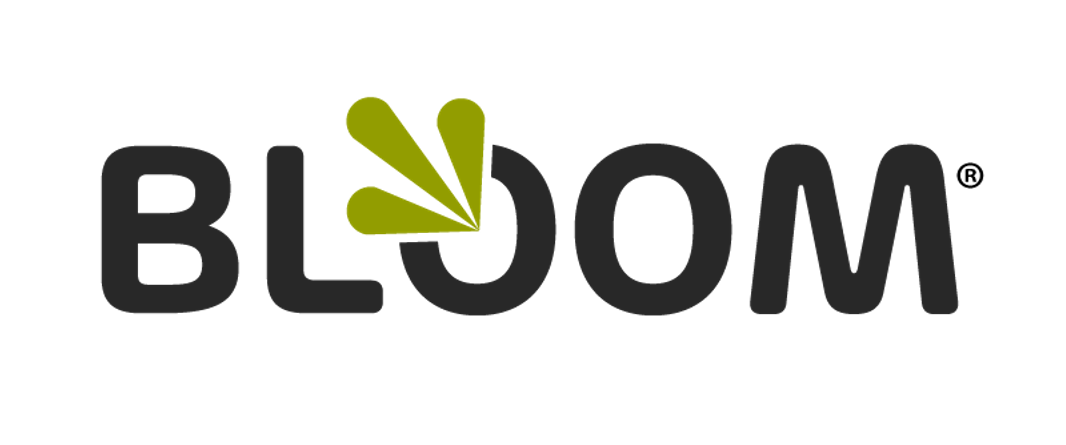The Role of Talent Pooling in Succession Planning
When Talent Pooling Is Required
Talent Pooling enables you to establish a clear profile and set clear expectations, allowing you to explore potential candidates for key positions, future roles, and positions that are often replicated within the organization. It is the constant recruiting process for a particular position that is necessary due to unique skill sets that are hard to find, high-turnover positions, and the search for talent in high-demand or highly competitive fields.
When you’re keeping a shortlist of candidates, it’s worth the time and effort only for key positions—those that play a pivotal role in your organization’s management and strategy. It’s also important to keep in mind that the talent pool will be relatively small—and that the candidates may come from inside or outside your organization.
Not All Positions Warrant Talent Pooling
Specialized roles that are unique to your organization and that do not experience frequent turnover are typically not good investments for Talent Pooling.
Five Tips for Talent Pooling
Keep an eye out. The best time to find talent is now—not when an opening is imminent or already open. When you meet someone with strong potential for joining your organization, engage them and stay in touch.
Align business objectives with roles. We’ve been saying it all along, and we’ll repeat it: Strategically aligning your organizational goals with employee expectations is the best way to ensure success. Utilize assessment tools to profile candidates and ensure their talents align with the organization's needs.
Put your best foot forward. Even when you’re not actively recruiting, your online interactions and presence, as well as your presence in print and the community, matter. Make sure that your website and other marketing materials sell your organization not just to your prospective and existing customers, but to prospective (and existing) employees, too.
Involve the whole organization. Explain the talent pooling philosophy to the organization and provide your top performers with the opportunity to recommend individuals they know who might be a good fit for the organization. This is a great way to maintain the integrity of your culture.
Understand the progression of career paths for all key roles. The best way to anticipate the timing of when candidates will be needed is to understand how employees progress through various career paths within the organization, which connect roles as stepping-stone opportunities. As long as people understand the expectations for development and growth, there are always opportunities to shift individuals into related roles and introduce new talent to the organization.
To set up your Talent Pooling process, follow the steps of the Insight Talent Selection Process and the Insight Whole Mind Recruiting Process as you see fit for your organization’s needs.
